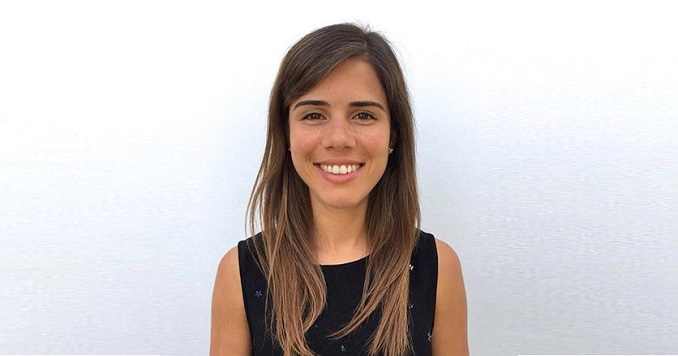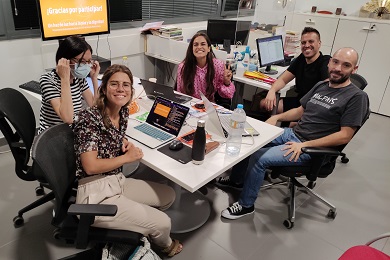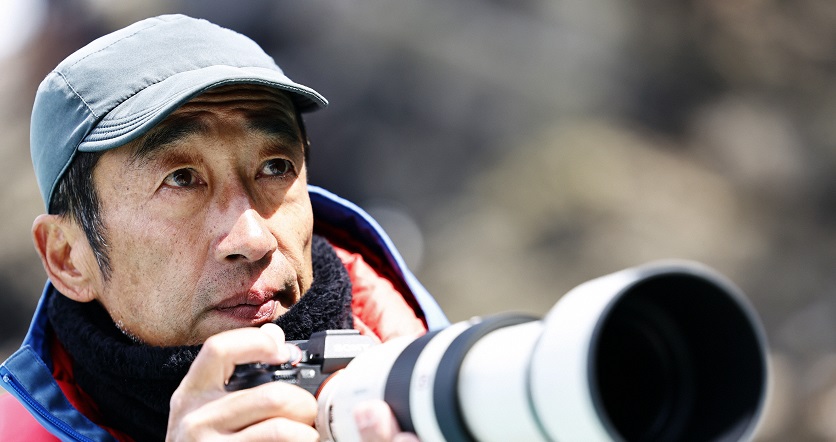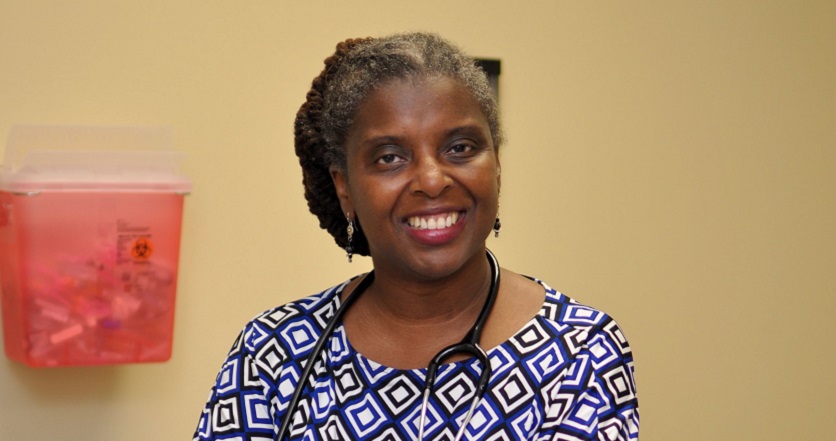A Just Transition: Opportunities within the Climate Crisis

Melina Aliayi Drescher, a former climate policy consultant, introduces the concept of a just transition, what it can mean for marginalized groups and gives an example of how it impacts climate action plans.
A Just Transition: The Basics
Up until recently, you worked as a climate consultant. Could you tell us about this and what the concept of a just transition means?
Last year, I worked for a consulting firm that assists governments and other decision-makers in analyzing the impact of climate actions, as well as their implementation, to ensure a just transition away from fossil fuels. To provide context, the Paris Agreement is an international, legally binding treaty of commitments made by signatory parties (governments) to reduce their environmental impact and mitigate the effects of climate change. To achieve these commitments, countries have developed low-emission and resilient growth strategies with specific targets. To achieve these objectives means that a transformation within the production sectors—mainly those that rely heavily on fossil fuels, which are more polluting—is necessary. This is where public policies and action plans come into play, as they require a change in the production model, ways of working and way of living, and this presents challenges that impact societies and economies.
I believe that starting from where we are now is important—starting from an initiative that links us to the environment and is based on respect for biodiversity and the promotion of responsible consumption.
At the country level, for example, the transition implies, having the means to finance the change and investing that money in a way that not only meets the climate goals but also ensures that the new model creates opportunities for all people. At the level of individual households, for example, there will be people who will be displaced from their emission-intensive jobs and who will have to retrain for new tasks.
The transition offers many opportunities, as it not only involves taking concrete action to address the climate crisis but also provides an opportunity to reconsider national development models and how public policies can better incorporate and support those who are most vulnerable. The concept of just transition reflects this perspective, that marginalized groups of people, whether it is due to gender, migrant status or age, should receive greater attention and the necessary support to be able to take advantage of these opportunities. Examples include providing training programs aimed at encouraging women to enter new fields, expanding access to education in green careers for low-income populations and providing benefits or early retirement for older individuals.
This is the approach I used to analyze the impact of climate action policies, bringing them into the context of countries, cities and local communities.
Analyzing the Impacts of Climate Actions
It couldn’t have been easy to calculate the economic value of something so complex in order to guide investment decisions and public policies. Could you give us an example so that we can understand it better?
Like all work, it had its complexities. In this case, I think the biggest challenge was to have a good understanding of the local context where the climate action policy was being implemented. As a concrete example, I’d like to refer to an energy transition project I worked on.
The country we were investigating had a concrete objective—to reduce emissions by increasing the generation of electricity from renewable sources, as well as improving the energy efficiency of old buildings. After researching the reality of the country and talking to the Ministry of Economy and Environment, we were able to put the challenges into context. Then began the qualitative and quantitative analysis, thinking about the main indicators by which to measure the impact of the climate action initiatives we were studying—in this case, the installation of a certain number of solar, hydraulic and wind generation plants.
In order to analyze the socioeconomic impact, different models were used to map all the agents that would participate in this sector, and to what extent they would be positively or negatively impacted. For example, transitioning away from the gas industry could displace a number of workers. On the other hand, it could generate new jobs. The impact on electricity prices also had to be considered. All of this entailed an exercise of research and data analysis. Finally, once these estimates were made, we sent a report to the local authorities with recommendations on how to mitigate costs and take advantage of opportunities.
This example summarizes one of the types of projects I worked on. The task at hand changes, depending on the country, the type of policy and productive sector, as well as the objective of the project.
For People and Planet
How did climate change become your focus?
My determination to focus on the study of climate policy arose in 2020, a time when, due to the COVID-19 pandemic, the enormous environmental footprint of human activity became evident. When we were forced to slow down, the planet had a chance to breathe.

The Buddhist concept of the oneness of life and its environment reflects this interconnectedness very well. I remember reading President Daisaku Ikeda’s 2020 peace proposal in which he emphasized the importance of taking action in response to the climate emergency we are experiencing. I was inspired by his encouragement to contribute to building a peaceful society that is in harmony with the environment and to give hope to others, based on the values of Nichiren Buddhism.
Based on my desire to promote a more respectful way of life both for people and the planet, I redirected my career, came to Spain to pursue a master’s degree in public policy and started focusing on climate policies. At the end of my master’s degree, I spent a year as an activist in an environmental NGO, where I learned a lot about environmental challenges at a community level and from a gender perspective.
Tackling Eco-Anxiety: Taking Steps with Others
Amidst the rising prevalence of “eco-anxiety” or “climate anxiety,” particularly among the younger generation, there’s a growing concern about its impact on the creative potential needed to address the climate crisis. As a young person and as a Buddhist, what are your thoughts on this, and how do you deal with this issue in your daily life?
It is true that awareness of the climate emergency is increasing, especially among the younger generations because we see our future threatened. I also feel helplessness, indignation and anger when people don’t recognize the fact that we are altering the ecological balance and endangering the lives of so many species, including our own. Buddhism teaches, however, that it is possible to move through all these emotions from an elevated state of life where we can create value no matter what.
One way I channel this anxiety is to collectivize. There are many associations and small community groups that seek to promote change aligned with ecological awareness. I believe that starting from where we are now is important—starting from an initiative that links us to the environment and is based on respect for biodiversity and the promotion of responsible consumption. This demonstrates the Buddhist idea of human revolution—that a change in an individual can help generate a change in society and in the world. Everything begins with taking the first step forward together with the people around us.
My Buddhist practice helps me navigate eco-anxiety. Dialoguing with my companions and sharing life experiences inspires me and allows me to create even greater meaning in my day-to-day efforts.
Adapted from an interview in the September 2023 issue of Civilización Global, Soka Gakkai of Spain.







